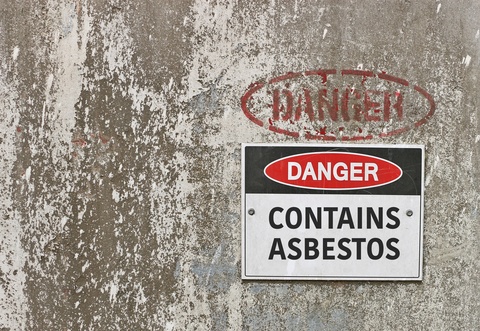UN Group to Debate Asbestos/Mesothelioma Link
The link between chrysotile asbestos and illnesses such as mesothelioma will be high on the agenda when the sixth UN Rotterdam Convention meets in Geneva, Switzerland in late April. The group, made up of representatives from around the world, will be considering whether or not chrysotile or white asbestos will finally be added to the list of Controlled Hazardous Substances. The Rotterdam Convention was assembled in 2002 with the goal of protecting people and the environment from toxic chemicals like asbestos. However, in order to include chrysotile asbestos on the list, the vote of all represented countries must be unanimous. In the past, countries that still export, import or use asbestos, including Canada, Brazil, Russia and India, have worked to keep chrysotile…









